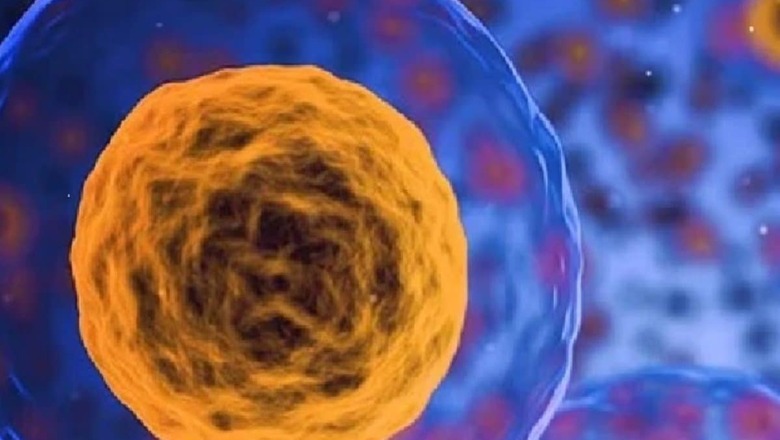
views
Scientists, in their pursuit of solving mysteries about life’s origin, have replicated the creation of fatty acids, a crucial element in constructing the initial cells on Earth. This finding not only sheds light on the earliest stages of life on our planet but also hints at potential scenarios for life’s inception on other celestial bodies. It is theorised that life first emerged on Earth over 3.5 billion years ago, originating from inert geological substances. While the precise location remains uncertain, many researchers posit that the earliest life forms likely arose near deep-sea hydrothermal vents.
Hydrothermal vents are like rocky chimneys on the ocean floor which spew out plumes of superheated fluid from magma beneath the Earth’s crust.
According to Jon Telling, a reader in biogeochemistry at Newcastle University, “Hydrothermal vent sites, and in particular alkaline hydrothermal vents, are unique in bringing together several key threads in origins of life theories together.”
While talking to Newsweek, he also explained, “Broadly, scientists have focused on molecules that either store and transfer biological information (e.g. nucleic acids, DNA or RNA); catalyse reactions within cells (e.g. amino acids, [the building blocks of proteins]); [or] make cell membranes (giving a cell its own chemical identify separate from the external environment) e.g. fatty acids.”
The fatty acids are the focus of Telling’s latest paper, led by a postdoctoral research associate at Durham University, Graham Purvis.
As explained by Newsweek, Fatty acids are elongated organic compounds featuring water-attracting and water-repelling segments, spontaneously organise into cell-like structures when immersed in a watery setting. This arrangement positions the water-attracting segments externally and the water-repelling segments internally. These molecules likely played a pivotal role in shaping the initial cell membranes, safeguarding the inner mechanisms of the cell from the external environment.
“Our research has shown that fatty acids alongside a range of other different organic molecules can be formed on iron-mineral surfaces, from a stream of pressurised hydrogen gas and dissolved carbon dioxide within a hydrothermal vent fluid,” reader Telling told Newsweek.
“However, hydrothermal fluids can be dynamic environments, with changing flow paths and proportions of mixing between surface or seawater and the hotter hydrothermal fluid,” Telling further added.
In their study, published in the journal Communications Earth and Environment, the team was able to demonstrate just how easily these long-chain fatty acids can form under the replicated conditions of a hydrothermal vent.
“The study opens the door to the next phase of experiments: proving that they can ‘lift off’ and spontaneously form membrane-bound spheres’; a key stepping stone to protocells,” Telling explained.
He further suggested that analogous conditions are believed to be present on other celestial bodies within the solar system, such as beneath the ice-covered surfaces of Jupiter’s moon Europa, or Saturn’s moon Enceladus, and potentially in past active hydrothermal vent sites on Mars.
According to Telling, “This study could contribute to understanding comparable chemical processes and the potential origins of life elsewhere in our solar system.”


















Comments
0 comment